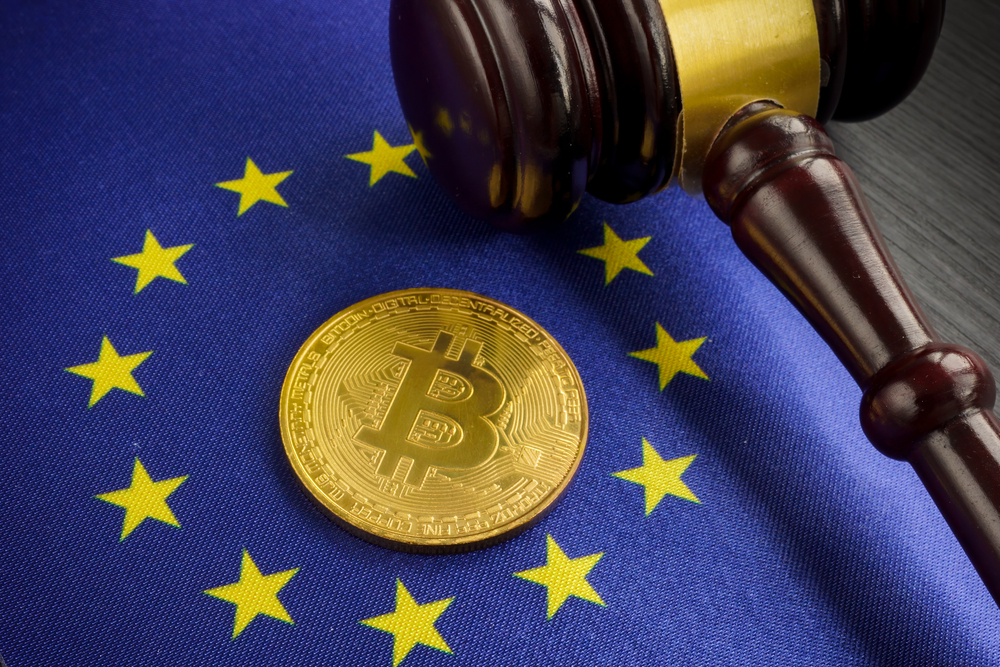The current climate of the crypto market has enabled a fresh wave of OTC crypto trading to flourish during a time of economic uncertainty.
Nexdesk CEO, Sofian Berrahal, goes in-depth on the potential of OTC crypto trading, how the EU’s MICA regulation will serve innovation and greater clarity, as well as the company’s relationship with Nexpay.
Payment Expert: Firstly, Sofian, for the uninitiated, can you explain how Nexdesk came to be and its core objectives?
Sofian Berrahal: Nexdesk came into fruition in response to an apparent market demand. With our team’s significant experience – spanning over a decade in both the crypto and payment sectors – we recognised a gap.
Recall the challenging times during the crypto winter? It was then that the pivotal role of OTC trading desks in digital asset transactions became increasingly apparent. This led to the birth of Nexdesk, envisioned as a robust B2B digital asset OTC trading desk. We designed it to be a trusted platform, facilitating sizable trades without the worry of major price disruptions.
Our commitment to simplicity is reflected in our streamlined onboarding process. It’s a mere three steps, making both crypto-to-fiat and crypto-to-crypto trades straightforward. We cater to a broad range of clients, from crypto exchanges to Forex brokers and even consulting agencies.
PE: As the crypto market continues to take twists and turns, can you describe the benefits of OTC crypto trading and why it is becoming increasingly more prevalent?
SB: As the crypto world keeps evolving, OTC trading is really making a name for itself. Unlike regular crypto exchanges, OTC trading allows businesses to deal directly through brokers. Think of it as a bespoke trading experience, ensuring greater privacy and a tailored approach.
For businesses, it’s a game-changer. They get to sidestep all those tough requirements and fees you’d find on traditional exchanges. Plus, they can use it strategically, whether it’s to manage risks or optimise their financial game plans.
The big draws? Simplicity in operations and a broader choice of financial assets. This setup means they can make large trades without shaking up the market or incurring unnecessary costs.
What’s even more exciting is the rise of decentralised OTC desks. You might’ve heard of platforms like Bisq, DODO, and Matcha. They’re at the forefront of this, utilising blockchain to make peer-to-peer trading smooth.
Bisq and HodlHodl, for instance, come with the assurance of multi-signature escrow accounts. And then there’s LocalCoinSwap, a community-backed platform using smart contracts to offer diverse crypto trading options.

PE: Has any crypto regulatory frameworks affected the OTC crypto trading market? How big a role will MiCA play?
SB: Regulators are indeed taking a closer look at OTC trading. For instance, in the US, the SEC is considering making OTC platforms register as broker-dealers. Europe’s also on the move. With the EU’s MiFID II, they’re pushing for OTC platforms to shed more light on their transactions and be upfront about it.
But if we’re talking about Europe, then the buzzword right now is MICA, the Markets in Crypto Assets Regulation. It’s not just another rulebook the European Commission jotted down. MiCA is their way of trying to find the sweet spot between fostering innovation and ensuring the public stays safe. The goal here is to have a holistic game plan for anyone in the crypto service game, OTC desks included.
Sure, this means OTC platforms might have to jump through a few more regulatory hoops, but there’s a silver lining. A clear, standardised set of rules means less guesswork for everyone.
For big institutional investors, knowing the lay of the land can make them feel more at ease. And when there’s trust, more players might be keen to jump into the OTC mix. So, while it might look a bit tough now, the road ahead seems promising for a more organised and buoyant OTC crypto scene in Europe.
PE: Working as the CBO of Nexpay as well as Nexdesk CEO, what can you tell us about the two companies’ relationship when facilitating OTC crypto trading?
SB: Our tie-up with Nexpay isn’t just about smooth operations; it’s a testament to our unwavering focus on compliance, security, and top-notch customer satisfaction. At Nexdesk, the safety of our users is paramount. We operate under the watchful eyes of the Lithuanian FIU, ensuring that our users can trade with confidence, knowing they’re in safe hands.
Now, Nexpay, as a licensed Electronic Money Institution (EMI), has its own rigorous standards. They keep all customer funds in segregated client accounts at the Bank of Lithuania, which is an integral part of the Eurosystem. This setup offers our clients an added layer of security and peace of mind.
Our collaboration with Nexpay enables a seamless experience for our users, allowing them to dive into the world of crypto while being anchored in a solid banking structure. In essence, we aim for Nexdesk to be the go-to platform for all financial transactions.

PE: Lastly, Sofian, and thank you for your time, what advancements are you hoping to see in the OTC crypto trading market in the near future?
SB: When I think back on the OTC crypto market’s journey, certain milestones really shaped its growth.
Remember the FTX crash? That was a moment when people started flocking to crypto OTC services. There was a real appetite for alternatives, especially with some folks getting cold feet about Centralised Exchanges (CEXs).
Right now, big names like Coinbase, Genesis, and B2C2 are kind of the big players on the block. But you also have these niche desks popping up, catering to specific regions or markets and it seems like the market’s starting to consolidate a bit.
Peeking into the future, I’m genuinely excited. I see a world where the OTC crypto market benefits from crystal-clear regulations and solid liquidity – meaning big trades can happen without causing huge price ripples.
Tech-wise, I’m looking at machine learning and AI making things even brighter, from better trade matching to tighter security. I also envision a world where crypto dealings mesh more seamlessly with the traditional financial world, making life a bit easier for the big institutional players.
Throw in smoother KYC and AML procedures, a growing list of digital assets to trade, and a focus on sustainable practices, and you’ve got a future that looks pretty darn promising for the OTC crypto realm.























